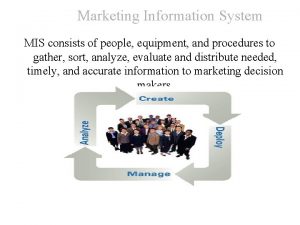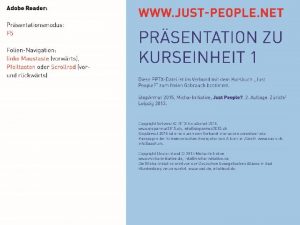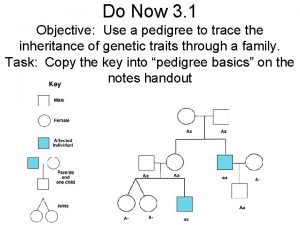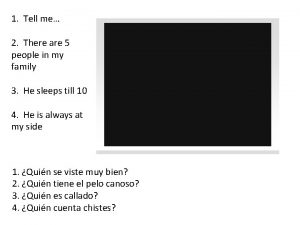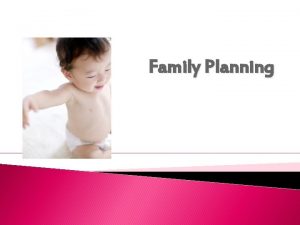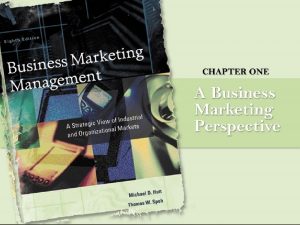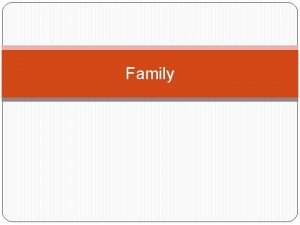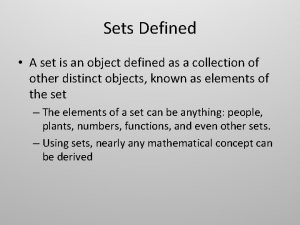Family Defined A family consists of people who










- Slides: 10

Family Defined “A family consists of people who consider themselves related by blood, marriage, or adoption. ” Copyright © Allyn & Bacon 2007 1

Family Systems (cont. ) • Nuclear family: One or both parents and their children – Most recognizable in the United States • Family of orientation: The nuclear family into which the person is born or adopted • Extended family: Two or more generations

Reading Check Find the Main Idea What is the most universal social institution? Answer: the family

Families in the United States Main Idea In the United States, families usually begin with marriage. They are also subject to many different forms of disruptions.

Divorce • Significant family disruption. • About 40 to 45 percent of marriages end in divorce. • The U. S. divorce rate is one of the highest in the world. • Age, education level, and race and ethnicity are factors in divorce rate. • Children of divorced parents often struggle to adjust. Four Reasons for Rising Divorce Rate • Laws governing divorce make the process easier than in the past. • Increase in working wives make leaving a husband more economically feasible. • Society attaches less stigma to divorce. • Many people expect more from marriage and are less ready to accept marital problems.

Distribution of Responsibilities • In order to survive, families need to provide shelter, food, and clothing for all members. • In the mid-1900 s, many American families followed a similar pattern of working father, stay-at-home mother, and children who helped with chores and went to school. • Dual-earner families—families in which both husband wife have jobs—became the norm during the late 1900 s. • Today day-care centers care for children and fathers are more likely to help with household chores.

The Open Classroom: non competitive environment, students follow own curriculum Cooperative learning: ● Group work/responsibility Integrative Learning: ● ● ● teacher/student created Based on real world themes/concepts Past experiences/intelligences

Alternatives to public education The voucher system: ● ● Individual choice Free enterprise Charter schools: ● ● No one to answer to Poor performance Magnet school: ● Attract students with certain interests

Manifest function of schools ● ● Transmitting culture Creating a common identity Tracking students (good or bad) Promoting personal growth and development ○ ○ Individual needs Student must be advocate for themselves Horace Mann –Public Education founder

End of notes

